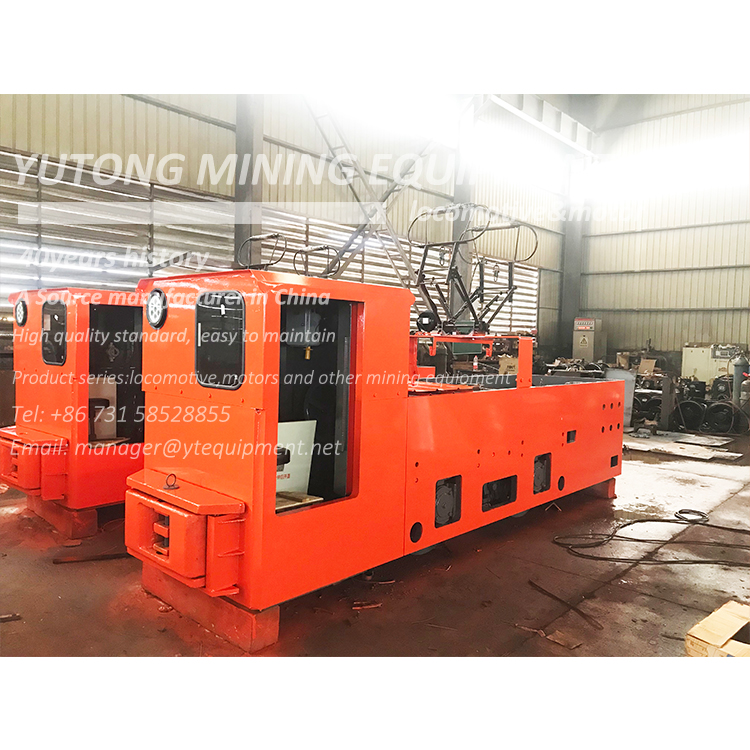The main circuit consists of LC filter circuit, DC motor M1, M2 and its control fast switch, freewheeling diode VD and its RDCD RC protection, insulated gate bipolar transistor IGBT and its series-parallel absorption network. LK, VDK, RK, and CK are series absorption networks to limit the rate of rise of current when the IGBT is turned on. VDS, CS, and RS are parallel absorption networks.
It is used to limit the voltage rise rate when the IGBT is turned off. S1, S2, S3, R are energy-consuming brake contacts and resistors, and S4 is used to prevent excessive braking current and commutation braking.
1) Preparation: lap the pantograph with the overhead line, pull the speed control handle to the “stop” position, move the reversing handle to the desired running direction (such as “forward” position), and close the automatic air switch S. Turn on the main power.
2) Start: The speed control handle is turned to the “start” position clockwise, S1 and S4 are closed, the power supply is filtered by L0 and C0 and then added to the main circuit. The switching power supply works to supply power to the cooling fan and the control loop. The control loop starts to work, and the modulated pulse voltage signal is sent to drive the IGBT's baseline to a positive 15V voltage. The IGBT is rapidly saturated and turned on. The current is routed through S1-L0-H-<C1-2-C1- 1-M1>S4-M2-C2-1-C2-2-Lk-IGBT- Ground, motor work, locomotive operation. When the base of the IGBT is connected to a negative 5V voltage, the IGBT is quickly cut off, and the motor continues to flow through the freewheeling diode VD to ensure continuous operation of the motor. CD, RD and VD are connected in parallel to reduce the current and voltage rise rate of VD and protect the freewheeling diode VD.
3) Speed regulation: the speed control handle continues to move clockwise to the “speed control” position, increasing the time interval between the positive and negative voltages of the IGBT drive signal (ie increasing the pulse width), and the frequency (cycle) is unchanged, which can be increased. The large IGBT on-time increases the average value of the motor terminal voltage to achieve acceleration; conversely, reducing the pulse width can achieve deceleration.
4) Operation: When the speed control handle continues to rotate to the "full speed" position, S2 is closed, the chopper is shorted, and the motor is fully voltaged and running at full speed. If S2 is not closed for any reason, when the pulse width is increased to more than 90%, the pulse width modulator sends a constant positive drive signal, the IGBT is continuously on, and the locomotive automatically switches to full speed.
5) Braking: When an emergency situation requires braking, turn the speed control handle counterclockwise to the “brake” position, S2 disconnects the DC power supply, S3 closes the series braking resistor R, and the two motor magnetic windings The armature windings are cross-connected to achieve energy consumption braking.
6) Reversing: When the locomotive stops, first turn the speed control handle to the “reverse” (“brake”) position, then change the handle to the opposite position (such as “backward” position). The armature is swapped with the connector of the field winding, and M1 is connected by S1-1 and C2-1 to achieve commutation.
